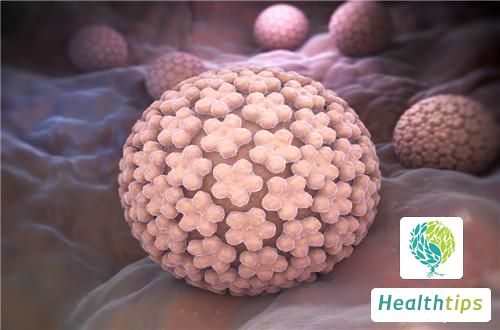The risk of canceration for high-risk HPV39 positive cannot be determined, mainly depending on personal physical condition. If the immune system is weak and the body cannot eliminate the virus for a long time, the risk of canceration will increase. If the immune system is good, it can effectively eliminate the virus and prevent canceration. When HPV39 is positive, one should increase exercise to improve the body's immunity.

1. HPV positive refers to the presence of HPV virus detected when secretions or other samples from the human body are sent for pathological examination. HPV positive high-risk types are associated with cancer development. There are over 100 types of HPV, and more than 40 are related to human infection, which are divided into low-risk and high-risk types. High-risk types are associated with cancer development, while low-risk types do not cause cancer but can lead to other diseases such as genital warts.
2. HPV36 belongs to the high-risk type of HPV virus. High-risk HPV viruses refer to those whose infection is associated with the development of cervical cancer in women. When a woman is tested positive for HPV36, cervical cytology screening should be combined to determine whether there is cervical lesion. Although a positive result for high-risk HPV viruses may be associated with cervical cancer, it does not mean that cervical cancer has already occurred.
3. HPV36 infection is not particularly serious, and the most severe are HPV16 and 18 infections. However, HPV infection still needs to be taken seriously, as long-term and repeated HPV infection may lead to lesions in the vagina, cervix, and even the vulva. Further evaluation is required in such cases, usually including cervical cytology examination.

